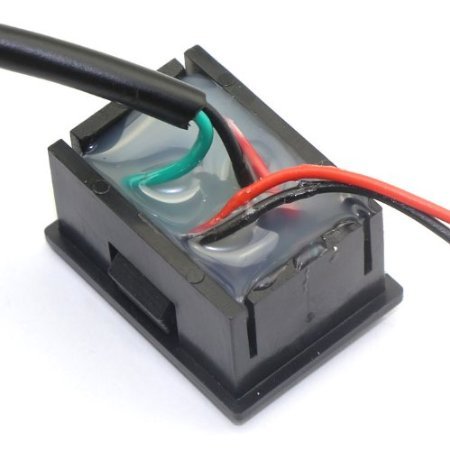HiImBrian
Well-Known Member
- Joined
- Aug 15, 2014
- Messages
- 273
- Reaction score
- 67
I just picked up a couple RioRand DS18b20 temp probes and am realizing that they might have been a bit of an impulse buy :smack:. I've got a few questions for the electrically gifted users on this board.
1) These things read celsius. Is there any way to convert them to fahrenheit?
2) How the heck do I run power to these things?
Here is more info about the thermometers, but it's all way over my head!
http://datasheets.maximintegrated.com/en/ds/DS18B20.pdf
1) These things read celsius. Is there any way to convert them to fahrenheit?
2) How the heck do I run power to these things?
Here is more info about the thermometers, but it's all way over my head!
http://datasheets.maximintegrated.com/en/ds/DS18B20.pdf



